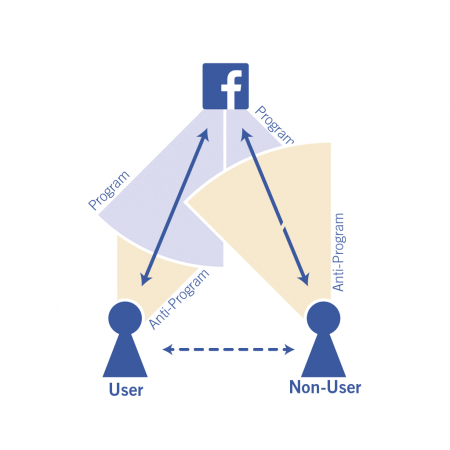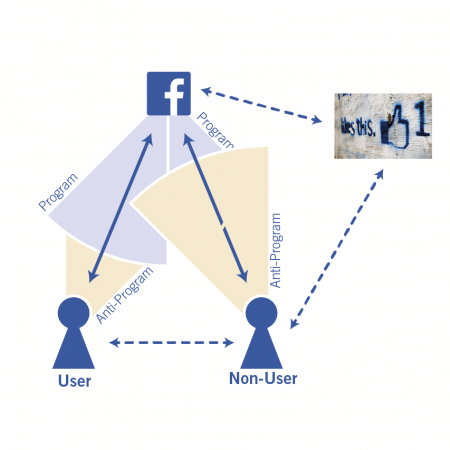While HCI mainly investigates and designs people’s use of technology, we also draw attention to technology non-use. By analyzing non-use on basis of Actor-Network Theory (e.g., [1]), we identified agency between people and interactive artifacts, even if there is no usage, e.g., when humans reject a technology. Often, it is an activity to reject technology, as technology is ubiquitous and alternatives to using technology are vanishing, for instance, in banking, ticket vending, or else.
Starting from an analysis of the situation of older adults, who potentially reject some forms of technology, we reflected on what it means to not use technology. For instance, considering social media, they affect humans who are not part of online social networks, as well. Humans recognize the symbols used to indicate preferences (e.g., the like button) and refer to those symbols offline. Pictures are circulating online, showing non-users as well, including them into the online social networks without the need of being official part of it.
With this analysis of non-use, we aim to unveil how people and technology influence each other without an explicit interaction between them.
[1] Latour, B. Reassembling the Social. An Introduction to Actor-Network-Theory. Oxford University Press, 2007.






